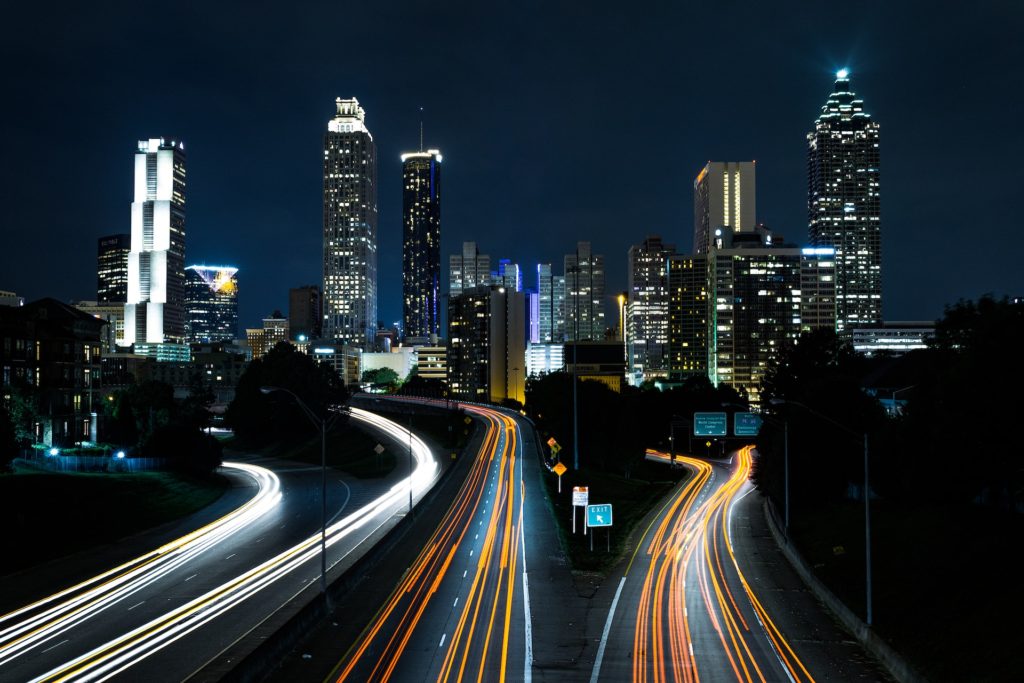Climate change often dominates the discussion about future mobility. However, there are at least 3 further reasons why the current traffic system is not sustainable.
When I was a kid, I was promised flying taxis and hoverboards by 2015. Well, now it’s 2023, and instead of hoverboards, we have electric scooters and bike sharing. Good job! Only autonomous driving comes close to the expected coolness portrayed in science fiction movies.
However, one thing is for sure. Mobility is one of the big areas that will drastically change in the future. A major reason for this is climate change. Since emissions accelerate global warming, there is a huge need for alternatives to replace the current carbon-based traffic. But should everything remain the same if climate change didn’t exist? If you want hoverboards like me, no. – But there are further reasons apart from climate change and hoverbaords that require mobility to evolve more sustainable.
Let’s have a look at three commonly forgotten factors that are not related to climate change.
1. Traffic Jams

Especially if you live in a city and need to use your car, you can probably relate. You want to go to work and get stuck in a traffic jam. When you go home, the same thing happens again. This reoccurs almost daily and can be very frustrating.
While you are trying your best to ignore that you are part of the problem, you might be inclined to blame others. When in a rush, people are even tempted to act irrationally and cross a red light or overtake the car in front just to get 10 seconds earlier to the meeting they didn’t want to participate in anyway. Therefore, traffic jams are definitely a reason why our current traffic system is unsustainable. This is particularly evident in urban areas – even without considering emissions that amplify climate change.
Solving Traffic Jams in Future Mobility
To solve this problem, alternative solutions must focus on reducing the total number of cars or extending the streets and thus city size. While the ladder seems rather limited, there is an interesting idea to build tunnels. In particular, the boring company founded by Elon Musk is working on tunnel systems in the underground to ease traffic volume.
A cheaper, but potentially less consumer-friendly approach would be to limit the number of cars within city centers. This can be achieved through several ways. Simply prohibiting cars wouldn’t do the job. Therefore, public transport needs to be extended immensely. Ideally, investments in public transport should ensure an equally convenient way to get from A to B as using a private car.
In the end, most people are sitting alone in their car which is way too big for them while most of them are headed in the same direction. This is extremely inefficient as it is not only a waste of space, but also causes phantom jams. Phantom jams are a result of time delays between cars while accelerating and braking. In fact, most traffic jams have an artificial origin and are not caused by specific events such as accidents.
Most traffic jams can therefore be avoided by autonomous vehicles. Given that those vehicles can directly communicate with each other, time lags can be reduced. Hence, when the lights turn green, all cars can almost start driving at the same time. Consequently, traffic lights need to be aligned as well. If there is no car waiting, there is no reason for the light to change. Both technologies would go hand in hand and form a new smart city.
2. Noise Pollution

Another common problem is noise pollution caused by carbon-fueled vehicles. While it is music in the ears of car enthusiasts, it can cost others their sleep, impair their concentration during work, or prevent you from having a normal conversation when taking a walk.
To improve the standard of living, the noise of vehicles is legally limited in some countries. However, this often only avoids extreme noise. The sound of traditional engines is difficult to reduce further after a certain point. The good news is we don’t need to eliminate the noise of cars itself completely. A city full of electric vehicles would be less loud but does not necessarily solve the whole problem.
Apart from cars, streets are important as well. The material and surface could massively contribute to the overall noise volume. Hence, a silent city is realistic if both vehicles and streets are taken into account.
3. Air Quality & Health

Lastly, air quality is a prominent example that people see as an advantage for living in rural areas. In fact, studies find a clear connection between air pollution and health conditions of local citizens.
This aspect is often forgotten in the shadow of climate change. The low air quality is not only dangerous in extreme cases of giant smog clouds covering the city. Even lower concentrations can harm health, especially when living in the city center for a longer period.
If climate change didn’t exist, emissions would still need to be reduced for health reasons. Therefore, it might be inevitable to ban certain types of cars in the inner parts of cities. At the same time, this undermines a common argument of supporters of combustion cars. Their argument states that banning fuel-powered engines wouldn’t help to fight climate change as the energy is still coming from non-green sources such as coal. While this is true, those people usually think in one dimension which is climate change. Other dimensions such as health and noise pollution are overlooked.
Summary
Overall, global warming is probably the most important problem that humanity is currently facing. This results in an almost inflationary use to justify all kinds of change. However, since people have an inherent aversion to change, justifications need to be quite convincing. Relying on the same reason over and over again is not really compelling though and could lead to fatigue effects. Therefore, other dimensions shouldn’t be neglected even if they are less relevant.
Specifically, other important facets of mobility include:
- Traffic jams: We have too many cars for too small cities
- Noise pollution: frequently underestimated as harm is concentrated on few people
- Air quality: Pushing the exhaust out of the city is better than nothing
What do you think of how future mobility should look like? Tell us in the comments below.





